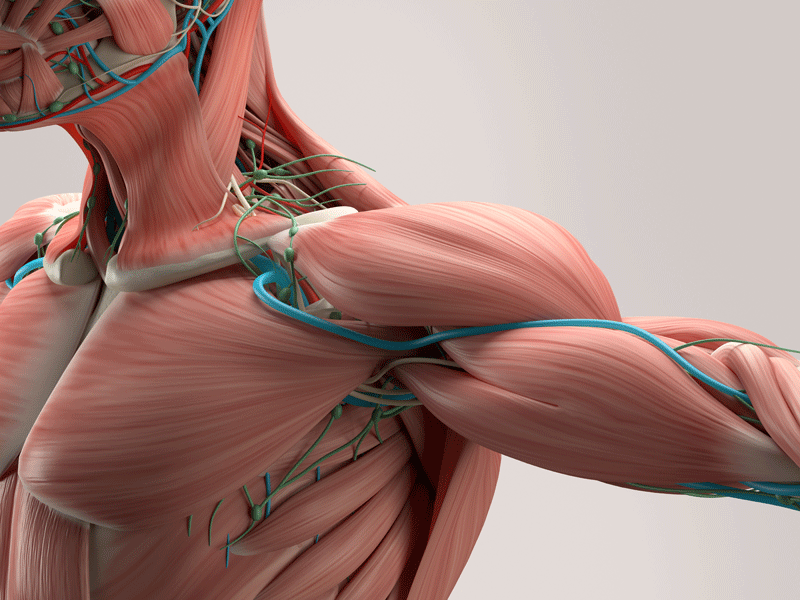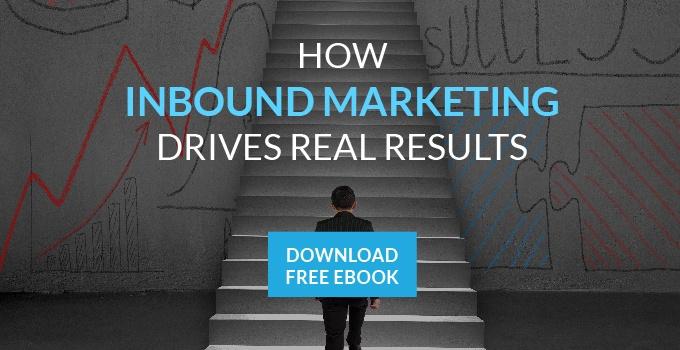 Inbound marketing is what we do here at Rhino. It is a marketing strategy that focuses more on what consumers actually want rather than forcing them to want what you have. The common saying is that inbound marketing is all about the “pull.” Through different strategies, people are pulled in toward your business. In contrast, traditional marketing is about “push.” It attempts to push your business messaging out to everyone, with no regard for if anyone cares (think pop-up ads or billboards).
Inbound marketing is what we do here at Rhino. It is a marketing strategy that focuses more on what consumers actually want rather than forcing them to want what you have. The common saying is that inbound marketing is all about the “pull.” Through different strategies, people are pulled in toward your business. In contrast, traditional marketing is about “push.” It attempts to push your business messaging out to everyone, with no regard for if anyone cares (think pop-up ads or billboards).
HubSpot reports that companies save an average of $20,000 per year by investing more in inbound marketing vs. outbound! There are definitely even more statistics out there to prove the value of inbound, and you can check out 15 great ones right here on our blog.
It is one thing to see what inbound marketing can do, but how do you actually achieve those results? I will be discussing the basic anatomy of a simple inbound marketing plan from top to bottom.
The Brain: Your Strategy 
Starting from the top, we have the brain. It controls every action, informs every decision, and is responsible for everything you do. This is the strategy part of your plan. Your strategy guides all your marketing efforts and without it you would be helpless. You need a strong, educated strategy to have a successful inbound marketing campaign.
There need to be clear goals and set plans of action. You need to understand what the purpose of your marketing effort is and why you are even marketing in the first place. Are you hoping to promote a new product, increase sales, gain a larger following? If your brain is on a different page than the rest of your body, that is a recipe for disaster and confusion.
The Eyes and Ears: Research 

An important part of inbound marketing is research. You need to see where your current marketing plan is failing and notice what your customers want. Additionally, you need to listen to your audience for important information that will inform the rest of your strategy. Research doesn’t just happen in the very beginning; it is important to constantly research throughout your plan to see how you are doing.
As you execute your plan, you need to observe results very closely by looking at analytics, data, and any other important indicators. Just as the eyes are constantly scanning for changes in our surroundings, you need to always be monitoring your plan. It is also important to listen for any feedback as you go. If you have an email campaign, make sure you are reading any responses from clients and the same applies for blogs or social media.
The Mouth: Social Media 
Social media is a key part of the inbound marketing methodology. Not only does it help increase awareness for your company, it promotes your products and helps delight and connect with customers. It is almost always a worthwhile for your business. Just like the mouth, social media is all about talking. It can be educational, informational, social, funny, or anything else you can think of.
By posting updates on the various social media platforms, you increase the amount of exposure for your business. You can directly address people, join in relevant conversations, and build relationships. According to Statista, 77% of marketers report that social media has increased their web traffic and 69% have reported developing loyal fans. Think of it as digital word-of-mouth.
The Bones: Website 
A website is the bones holding a whole digital, inbound marketing plan together. Your site is an incredibly important part of the entire process because it is generally connected to every other tactic. Your social media posts often link back to your site, your emails often direct back to your site, your site hosts your blog, and all your landing pages and content offers live on your webpage.
Without a website, everything else would come crashing down. It helps people find you online, and in an inbound strategy, it helps turn visitors into leads and possibly even customers. There is definitely a difference between an inbound site and a traditional one. It is the representation of your business and leaves an impression (good or bad) on everyone who visits it.
The Arms: Blog 
Just as your arms help you reach out and bring things toward you, a blog helps you reach a wider variety of people and bring them to your website. According to HubSpot, 82% of marketers who blog daily acquired a customer using their blog. Blogging helps establish your business as a knowledgeable thought leader. It helps increase the visibility of your website and boost the chances of your site pages ranking on search engines.
You should create blog articles that your potential customers want to see. It should not be like your own personal diary. Just like everything else, your brain (strategy) should be giving you the information necessary to create effective and appropriate articles to accomplish your goals.
The Hands: Email Marketing 
Sometimes a personal touch makes all the difference, whether it is a high five or a handshake. Our hands are extensions of ourselves and can communicate a great deal. They can deal a blow or give comfort. Email marketing is the personal portion of inbound marketing. It tends to feel like one-on-one communication because it goes directly to a person.
Email campaigns help with lead nurturing in inbound marketing. It can help move people further through their journey toward becoming a customer. Sometimes, someone just needs you to hold their hand to get them where you want them to go.
The Heart: Your Customers 
Unless you are some special exception, every business needs customers to survive. These people are the heart of your inbound marketing plan. Without them, your business would die immediately. All your marketing efforts revolve around your customers; they should be included every step of the way.
In inbound marketing, you think of your customers as “buyer personas.” These idealized, fictional people help you figure out what topics to write about for your blog, what social media platforms to use, what type of content to create, and so much more. You shouldn’t be planning around what you think is best, it should always be about what is best for the customer.
The Muscle: Content 
Inbound marketing relies heavily on content to do the heavy lifting. Similar to the bones (website), content is all throughout the plan. It is things like eBooks, blog articles, infographics, slideshows, and videos that help an inbound marketing plan succeed. Content marketing is an important facet to understand.
Because the heart is a muscle, it makes sense that customers are thoroughly integrated into every piece of content. Everything is strategically targeted to the buyer personas in order to attract the right people and get high conversion rates. If you have excellent content, people will actively seek it out. Not unlike how people tend to favor those with more muscle as opposed to those without.
The Legs: Search Engine Optimization and Pay Per Click 
Your legs take you to new heights and new places. SEO helps your website rank in search results and get found more easily by the right people. Great SEO can increase your web traffic significantly, which in turn can increase the number of customers. The only problem is that SEO takes time. Think of it as walking to your destination. It is a slow, steady, reliable method to reach your goal.
PPC, on the other hand, would be considered sprinting. It can help you get to your goal faster, but it can be a bit risky and hurts a bit more. Your business will have to spend money, which can add up if you aren’t sure what you are doing. Both methods can help elevate your plan to a new level, if done correctly.
The Feet: Future Planning 
At the very bottom of your plan should be your ideas for future efforts. Your initial strategy is incredibly important, but where will you go from there? Your feet will take you where you want to go. You need some proposal for what comes next, and how you are going to get there.
It is easy to ignore or neglect your feet, but when there is a problem, it is impossible to ignore. You don’t want to complete your campaign and be at a loss for your next step. Consider how your current plan is performing and what you would like to change or alter. Are there any areas for improvement or new strategies to explore? Keep your future plans in mind beforehand and as you go.


Comments